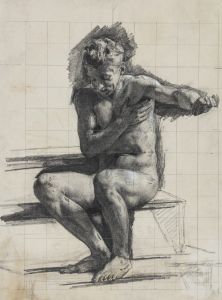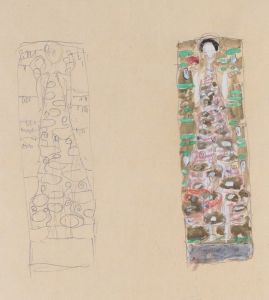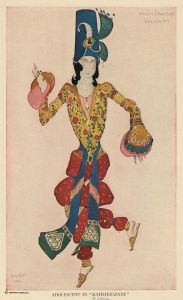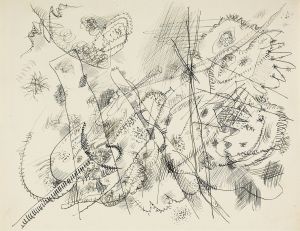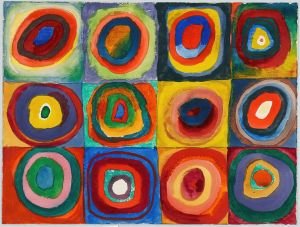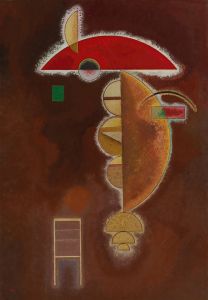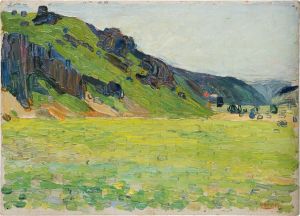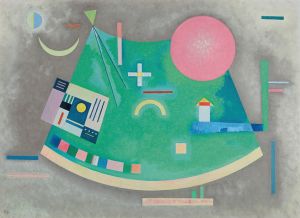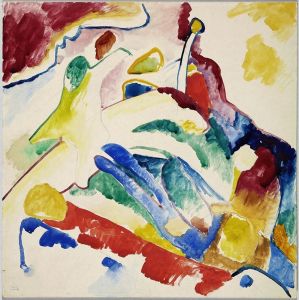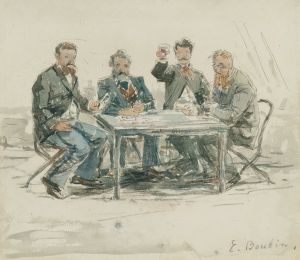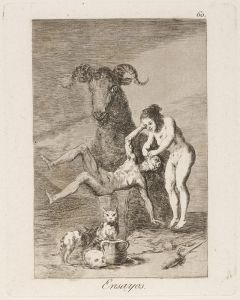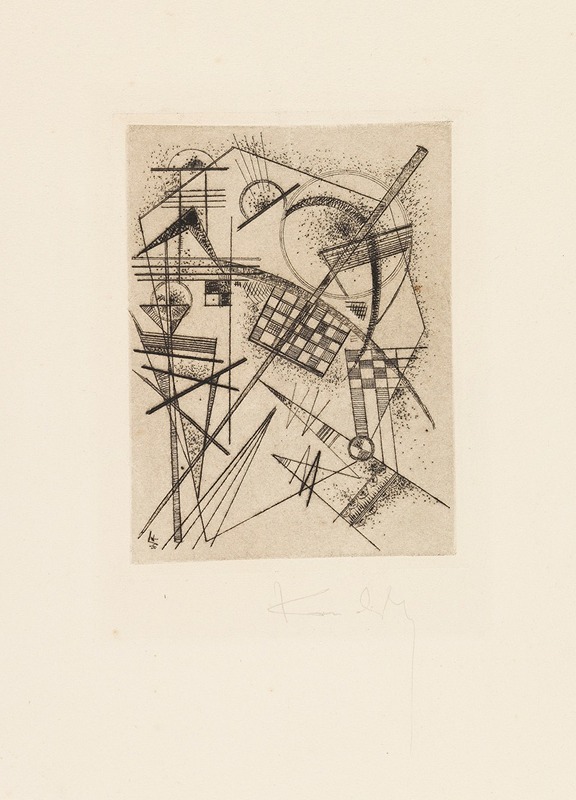
Radierung für die ‘Deutsche Kunstgemeinschaft’
A hand-painted replica of Wassily Kandinsky’s masterpiece Radierung für die ‘Deutsche Kunstgemeinschaft’, meticulously crafted by professional artists to capture the true essence of the original. Each piece is created with museum-quality canvas and rare mineral pigments, carefully painted by experienced artists with delicate brushstrokes and rich, layered colors to perfectly recreate the texture of the original artwork. Unlike machine-printed reproductions, this hand-painted version brings the painting to life, infused with the artist’s emotions and skill in every stroke. Whether for personal collection or home decoration, it instantly elevates the artistic atmosphere of any space.
Wassily Kandinsky, a pioneering figure in abstract art, created "Radierung für die ‘Deutsche Kunstgemeinschaft’" during a period of significant artistic evolution. Kandinsky, born in Moscow in 1866, was a Russian painter and art theorist who is often credited with painting one of the first recognized purely abstract works. His journey into abstraction was influenced by his synesthetic experiences, where he could perceive colors and sounds as interconnected.
The work "Radierung für die ‘Deutsche Kunstgemeinschaft’" is an etching, a printmaking technique that involves using acid to cut into the unprotected parts of a metal surface to create a design in the metal. This technique allows for fine lines and detailed imagery, which can be seen in Kandinsky's work. The piece was created for the Deutsche Kunstgemeinschaft, an organization that aimed to promote German art and culture. This context is significant as it reflects the cultural and artistic environment of the time, particularly in Germany, where Kandinsky spent a significant portion of his career.
Kandinsky's involvement with the Deutsche Kunstgemeinschaft highlights his integration into the German art scene, especially during his time at the Bauhaus, where he taught from 1922 until the school was closed in 1933. The Bauhaus was a revolutionary school of art, architecture, and design that sought to unify artistic disciplines and was instrumental in shaping modern art and design. Kandinsky's work during this period was characterized by a focus on geometric forms and a deep exploration of color theory, which are evident in his etchings and other works.
"Radierung für die ‘Deutsche Kunstgemeinschaft’" exemplifies Kandinsky's mature style, which often incorporated geometric shapes, lines, and a dynamic use of space. His work was deeply influenced by his theoretical writings, such as "Concerning the Spiritual in Art" and "Point and Line to Plane," where he explored the emotional and spiritual effects of color and form. Kandinsky believed that art should transcend mere representation and evoke a deeper, spiritual response from the viewer.
The etching reflects Kandinsky's interest in the relationship between form and color, as well as his belief in the expressive potential of abstract art. His use of abstract forms was not just an aesthetic choice but a philosophical one, aiming to convey the inner necessity and spiritual resonance he believed art could achieve. This approach was part of a broader movement in early 20th-century art that sought to break away from traditional representation and explore new ways of seeing and experiencing the world.
Kandinsky's contributions to abstract art and his role in the Bauhaus movement have left a lasting impact on the art world. His work continues to be studied and celebrated for its innovative approach and profound influence on modern and contemporary art. "Radierung für die ‘Deutsche Kunstgemeinschaft’" is a testament to his artistic vision and his commitment to exploring the possibilities of abstraction.





